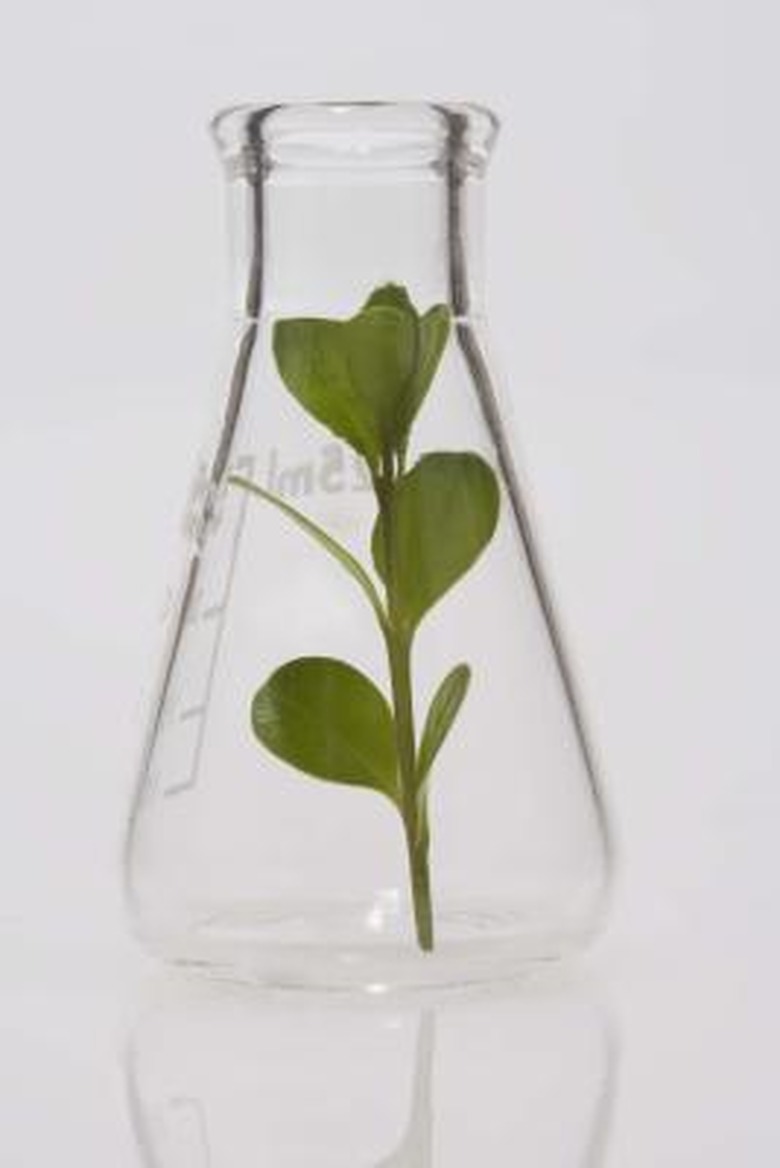Chemical Reactions Involved In The Growth Of Plants
There are two chemical reactions that contribute to plant growth and development. Photosynthesis – the process by which plants convert light energy into food – is probably the best-known of the two, but respiration also plays an important role in plant growth. Together with the physical process of transpiration, these chemical reactions are what keep plants (and, by extension, all life on Earth) alive.
Chemical vs Physical Changes in Plants
Chemical vs Physical Changes in Plants
Plant growth involves both chemical and physical changes. Photosynthesis and respiration are chemical changes which convert light, water and carbon dioxide into oxygen and glucose, which is then used as energy by the plant. We call this a chemical change because the composition of the initial substances is changed during the process. The chemical change that happens during photosynthesis can be written as an equation: 6CO2 + 6H2O → C6H12O6 + 6O2.
Transpiration, on the other hand, is a physical change. During transpiration, water moves from the soil into the plant's roots and then into the leaves, where it's discharged as water vapor. What makes this a physical change and not a chemical one? In order to be considered a chemical change the composition of the water would have to be transformed in some way. But in transpiration the only aspect of the water which is changed is its form. It begins the process as a liquid and ends as a gas. The chemical makeup of the water hasn't changed at all.
Photosynthesis: An Overview
Photosynthesis: An Overview
Photosynthesis occurs in the leaves, which have specialized cells called chloroplasts. In the chloroplasts, a chemical reaction occurs where carbon dioxide, water and light energy are converted into glucose and oxygen. The two primary types of chemical reactions in photosynthesis are termed light dependent and light-independent.
Photosystem II Light Reactions
Photosystem II Light Reactions
Light-dependent chemical reactions are termed photosystem II and photosystem I. These occur inside small structures within the chloroplast. In photosystem II, chloroplasts absorb light energy and use it to split water into oxygen, hydrogen and electron molecules. The electrons then move along a membrane pumping hydrogen ions across. This movement of hydrogen and electron molecules is called the electron transport chain.
The oxygen produced is a waste product. It moves through the plant tissues, out of the pores on the leaves called stromata and into the environment.
Photosystem I Light Reactions
Photosystem I Light Reactions
As the electron moves along the electron transport chain pumping hydrogen it starts to lose energy. When it reaches another chloroplast it is re-energized by more light energy. The electron continues moving along the membrane. Eventually, the electron reaches a molecule called NADP+, and they combine to make NADPH.
Next, the hydrogen ions move back into the fluid of the chloroplast. As the hydrogen ions move through a channel, a chemical reaction occurs which changes the compound ADP and phosphates into ATP. It is in the light-independent reactions that NADPH and ATP are used to make glucose.
Light-Independent Reactions
Light-Independent Reactions
Light-independent reactions, also referred to as the Calvin cycle or the dark stage of photosynthesis, happen in the fluid of the chloroplast. In this cycle, enzymes use carbon dioxide, ATP and NADPH to make glucose. During the light-independent stage, the chloroplast produces other vital compounds. The plants combine these compounds with nutrients they obtain from the soil to make other key ingredients, such as the fatty acids they need for growth.
Respiration for Plant Growth
Respiration for Plant Growth
Although photosynthesis is one of the most vital chemical changes required for plant growth, respiration is equally important. Respiration is effectively photosynthesis backward. In respiration, glucose molecules are broken down using ATP and enzymes to release energy. Plants are excellent at recycling. During the chemical changes in respiration, ATP is turned back into ADP plus a phosphate. This compound will be used again in photosynthesis.
Cite This Article
MLA
Jerrett, Adrianne. "Chemical Reactions Involved In The Growth Of Plants" sciencing.com, https://www.sciencing.com/chemical-reactions-involved-in-the-growth-of-plants-12003938/. 1 December 2021.
APA
Jerrett, Adrianne. (2021, December 1). Chemical Reactions Involved In The Growth Of Plants. sciencing.com. Retrieved from https://www.sciencing.com/chemical-reactions-involved-in-the-growth-of-plants-12003938/
Chicago
Jerrett, Adrianne. Chemical Reactions Involved In The Growth Of Plants last modified August 30, 2022. https://www.sciencing.com/chemical-reactions-involved-in-the-growth-of-plants-12003938/
